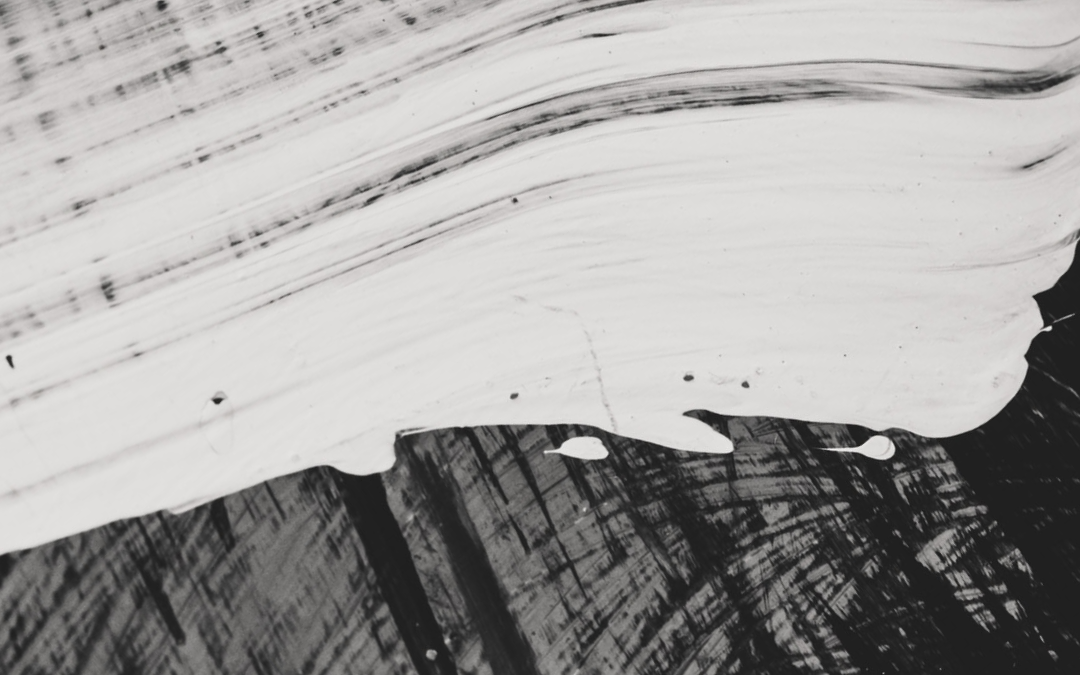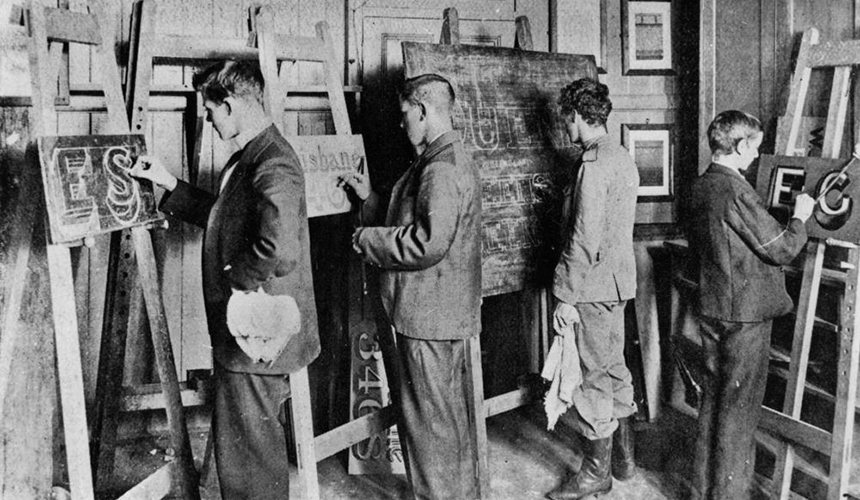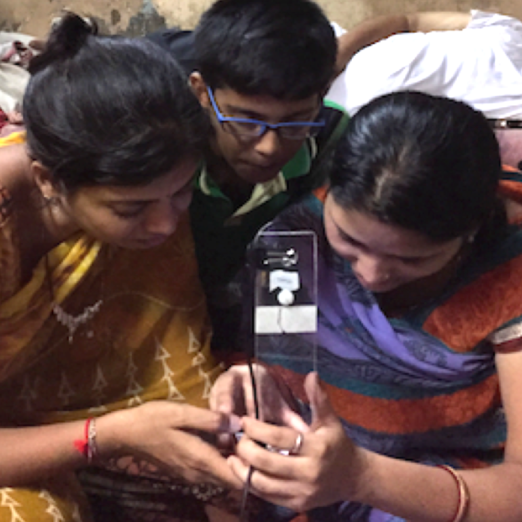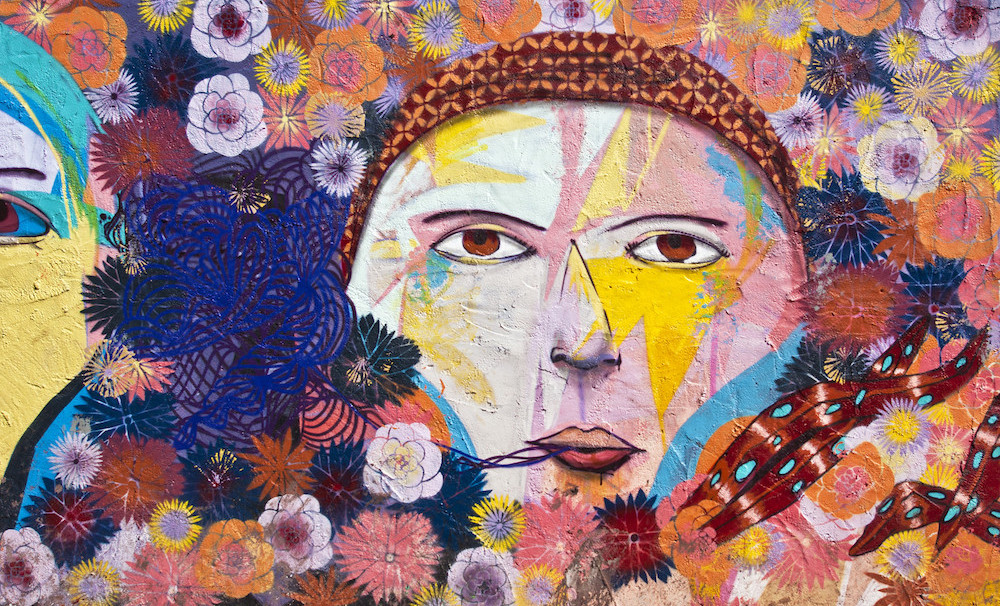This paper asks what we owe to our teams and our informants when we engage in research with and about people....


This paper asks what we owe to our teams and our informants when we engage in research with and about people....

“There’s a lot of talk about us ‘being there’, and what that means for our practice and what that means for the type of work that we say we do. The ground has shifted. How do we respond to that? It’s not just, ‘Oh, we’re temporarily working remotely, let’s just gather some new tools.’ We’re...

- How did you two meet again? - Let’s head back to the yacht club for sunset. - What happened to that bottle of champagne? - Please don’t fall off the boat. - Live music doesn’t have the same raw character here. - Tahni, go deal with your friend. - What happened to that bottle of champagne? -...

Jan Chipchase has done something few of us would dare: write down his trade secrets and give them away in a book. In The Field Study Handbook he shares hard-earned lessons from running ethnographic research projects across the world. At face value the Handbook delivers on its promise. It lays out,...

Design ethnography—the term rings with power and potential. Now widely promoted on design studio and agency websites as a core capability, it suggests the melding of design-thinking and interpretive analytical approaches to understanding how people create and make sense of their worlds. But behind...

We find our clients constantly look for deeper meaning and nuanced user insights to help them innovate, stay ahead and rise to the challenges of business. At the same time, cross-functional teams within the organization want research to throw light on their focal paths. Add to this the...

At the AAA conference I attended the roundtable discussion "Getting Anthropology Closer to Zero: Collaborating to Reduce Sexual Harassment in Anthropology." Not being an anthropologist myself, I didn't know that many anthropology programs require students to spend time in the field. Depending on...

PREAMBLE What value does ‘ethnography’ have in the design of organizational and technological change? We ask this question in light of the fact that ethnography, whatever it might mean or entail, has been a key component of systems and organization design research for some time and has...

This paper examines the politics of visibility – the ways in which the work of ethnographers is positioned inside and outside organizations not only as means of unpacking the “real-world” but often as means to create business and marketing differentiation. We contend that the institutional...